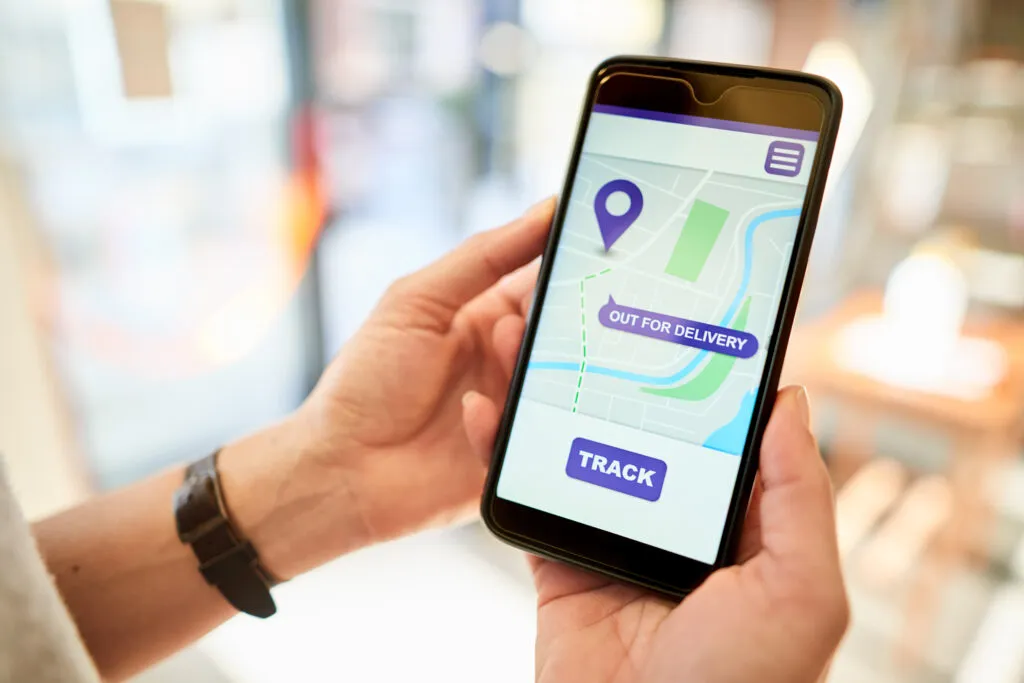
Get home early with RoadWarrior.
Enter your stops, optimize your routes, manage your team – quickly and efficiently.
Try RoadWarrior free for 7 days
Try free for 7 daysDelivery drivers have unique needs when it comes to navigation and route planning. With the advancements in technology, there are several mapping applications available to assist them in optimizing their routes and improving efficiency. One such application is Apple Maps, which has been steadily improving and adding features to enhance the user experience. In this article, we will delve into the functionalities of Apple Maps’ route planner, specifically focusing on its ability to handle multiple stops.
What is Apple Maps?
Apple Maps is a map application developed by Apple to compete with Google Maps, and it has become the default maps app for Apple users. Initially released in 2012, Apple Maps has undergone significant improvements over the years to provide users with comprehensive location-based services. While it may not yet match the depth and data of Google Maps, Apple Maps offers a range of features and functionalities that make it a viable option for many users.
The Features of Apple Maps Route Planner
Apple Maps route planner offers several features that can be useful for delivery drivers. Let’s take a closer look at some of these features:
1. Transit Information
Apple Maps provides transit information, including transit schedules and directions, allowing users to plan their routes using public transportation. While this feature may not be directly relevant to delivery drivers, it can be beneficial for those who need to utilize various modes of transport during their deliveries.
2. Supported Devices
One of the key advantages of Apple Maps is its compatibility with all Apple devices, including Mac computers, iPads, and iPhones. This seamless integration allows users to plan and access their routes from any Apple device, providing convenience and flexibility.
3. Local Points of Interest
Apple Maps provides information on various points of interest, such as coffee shops, hotels, restaurants, and other locations that may serve as pit stops during deliveries. Users can save these locations and associate them with their contacts, making it easier to navigate to frequently visited destinations.
4. Siri Integration
A notable feature of Apple Maps is its integration with Siri, Apple’s virtual assistant. Users can utilize voice commands to navigate and receive directions hands-free, enhancing safety and convenience while on the road.
5. Navigation
Apple Maps offers comprehensive navigation features, including different views, road waypoints, distance calculations, turn-by-turn instructions, alternative routes, 3D cities and buildings view, address details, and more. These features can assist delivery drivers in efficiently navigating their routes and reaching their destinations.
Essential Features for Delivery Drivers
Delivery drivers have specific requirements when it comes to route planning and navigation. Let’s recap some of the critical features necessary for a mapping application to be useful for delivery companies:
- Ability to Add Multiple Stops: Delivery drivers often need to make multiple stops during their routes. A mapping application should allow users to easily add and optimize these stops to ensure efficient deliveries.
- Real-Time Traffic Information: Traffic conditions can significantly impact delivery times. A mapping app that provides accurate and up-to-date traffic information allows drivers to avoid congested routes and optimize their deliveries accordingly.
- Easy Data Import: Delivery drivers frequently need to input a large number of addresses into their navigation systems. A mapping application that offers seamless data import capabilities can save drivers valuable time and streamline their operations.
- Alerts and Comments: Effective communication between drivers and users is essential for successful deliveries. A mapping app that enables alerts and comments can facilitate this interaction, ensuring smooth coordination and timely updates.
- Ability to Modify Routes: Delivery routes can change on the fly due to various factors, such as urgent deliveries or updated instructions. A mapping app that allows drivers to easily modify their routes in real-time is crucial for adaptability and efficiency.
Evaluating Apple Maps Route Planner for Delivery Companies
When it comes to catering specifically to the needs of delivery companies, Apple Maps route planner falls short in some areas. While it offers features like saving addresses and integrating favorites with contacts, it lacks essential functionalities required by delivery drivers. For instance, Apple Maps route planner does not provide the ability to add multiple stops, real-time traffic information, or the flexibility to modify routes.
However, it’s important to note that Apple Maps is continuously improving, and future updates may address these limitations. For now, delivery companies may find more comprehensive solutions in other mapping applications like Google Maps, which currently offer a better suite of features to cater to their specific requirements.
How to Plan a Route Using Apple Maps Route Planner
If you decide to use Apple Maps route planner for your deliveries, here’s a step-by-step guide on how to plan your routes effectively:
Step 1: Set the Default Route Planner Settings
To ensure that Apple Maps route planner aligns with your preferences, you can configure the default settings. This allows you to customize your driving options, such as avoiding toll roads or highways:
- Open Apple Maps and click on Maps > Preferences from the menu bar.
- In the Route Planner tab, you will find the following options:
- Preferred Transport Type: Choose between driving, transit, walking, or cycling based on your needs.
- Driving Default Options: Select whether you want to avoid toll roads or highways.
- Cycling Default Options: If you prefer cycling as a mode of transport, you can choose to avoid hills or busy roads.
- Transit Default Options: When using transit as the preferred transport type, you can customize your transit options.
Step 2: Create a Route
Once you have configured the default settings, you can proceed to create a route:
- Open Apple Maps on your device and enter your starting location in the search box or select it from your favorites.
- Tap on the desired spot on the map to display location details.
- Click on Create Route From Here.
- Enter the destination address in the To box.
- Apple Maps will display the driving directions from your starting point to the destination.
- You can also adjust your driving options, such as avoiding tolls or highways, if necessary.
By following these steps, you can plan your routes efficiently using Apple Maps route planner.
Conclusion
While Apple Maps offers a range of features and functionalities, it currently falls short in providing the necessary capabilities for delivery drivers, such as the ability to add multiple stops, real-time traffic information, and route modification options. Delivery companies may find more comprehensive solutions in other mapping applications like Google Maps. However, Apple Maps continues to improve, and future updates may address these limitations, making it a viable option for delivery drivers in the future.
As technology advances, it’s crucial for delivery drivers to leverage mapping applications that cater specifically to their needs, optimizing their routes and improving overall efficiency. By utilizing the right tools, delivery companies can streamline their operations, enhance customer satisfaction, and ultimately achieve success in the competitive delivery industry.


